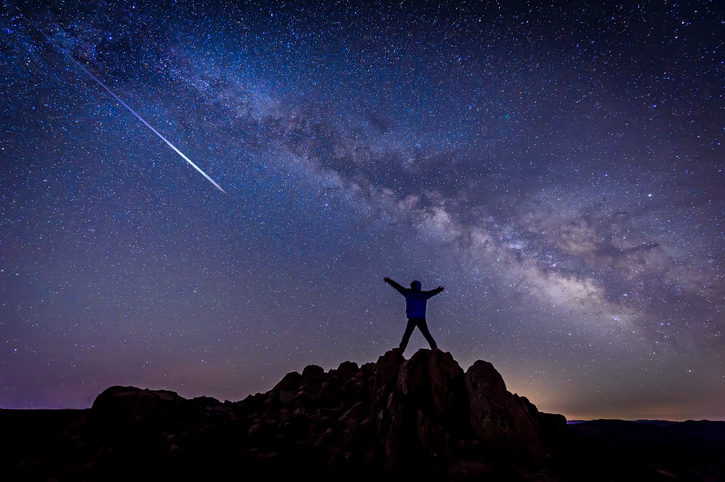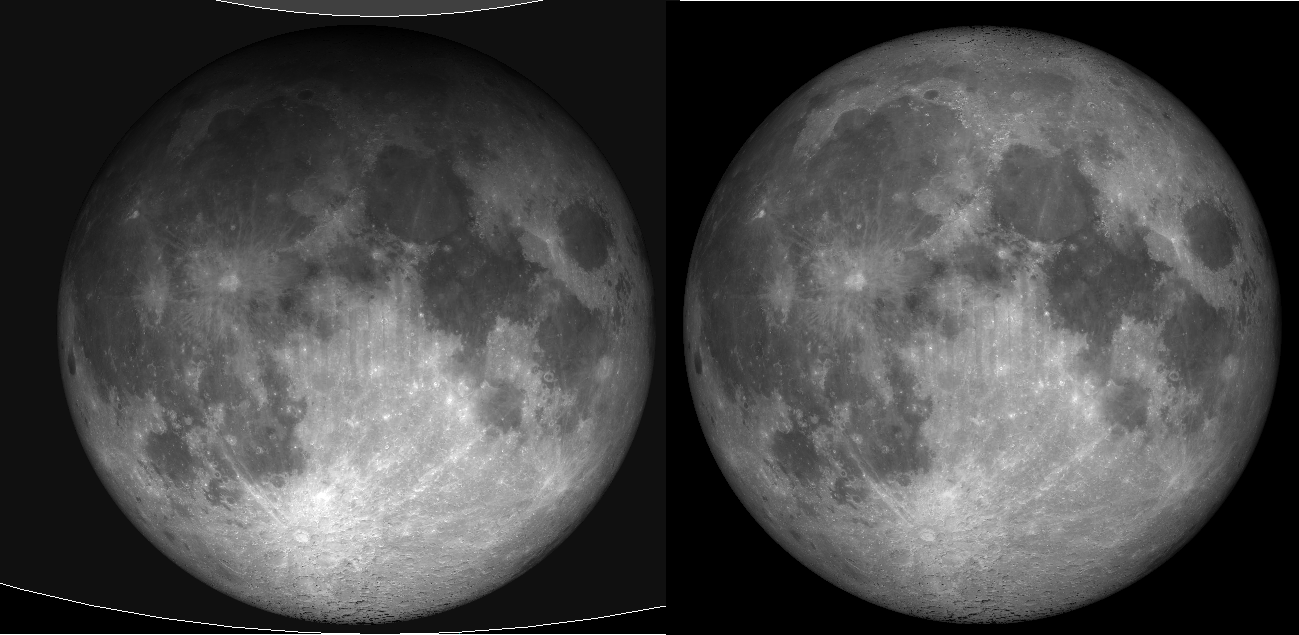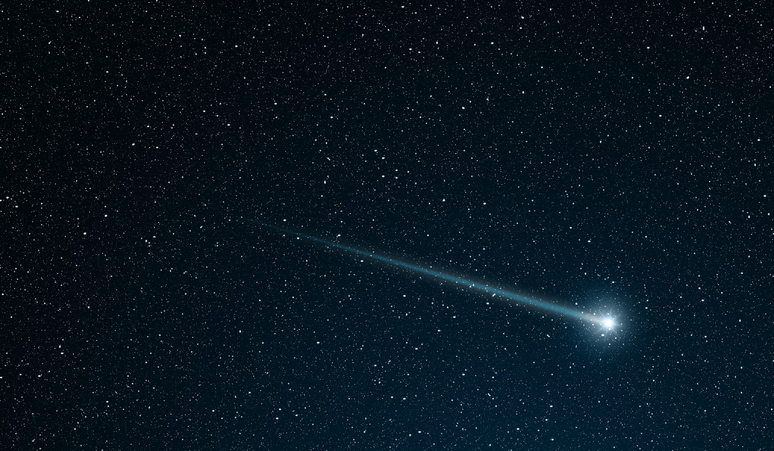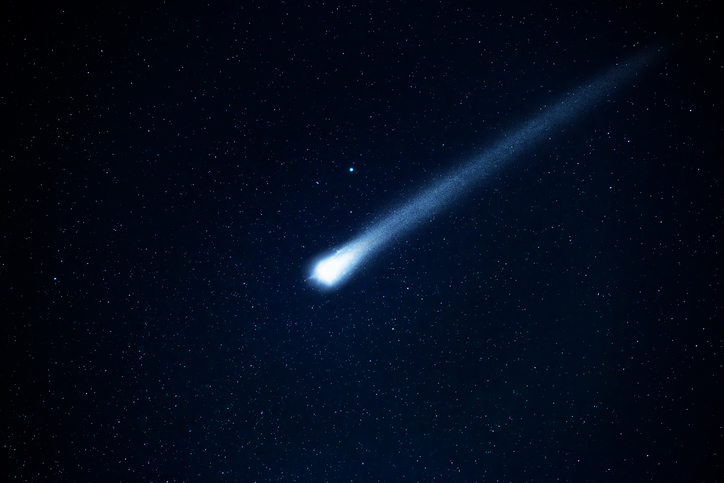
Love stargazing? Well, get your cameras at the ready because later this month there’s set to be a lunar eclipse on the same night as the New Year comet comes into view.
That’s right, for anyone who loves to stare up to the sky, set your alarms for early February 11th. It’s going to be like your birthday, Christmas and the day you first discovered pizza all rolled into one.
Let’s start with the rare penumbral lunar eclipse scheduled for the night of the 10th. This happens when the sun, moon and Earth all align behind one another.
With the Earth blocking out the light of the sun, the sun is unable to illuminate the surface of the moon as it usually would, making the moon glow in a subtle but stunningly distinctive manner.


